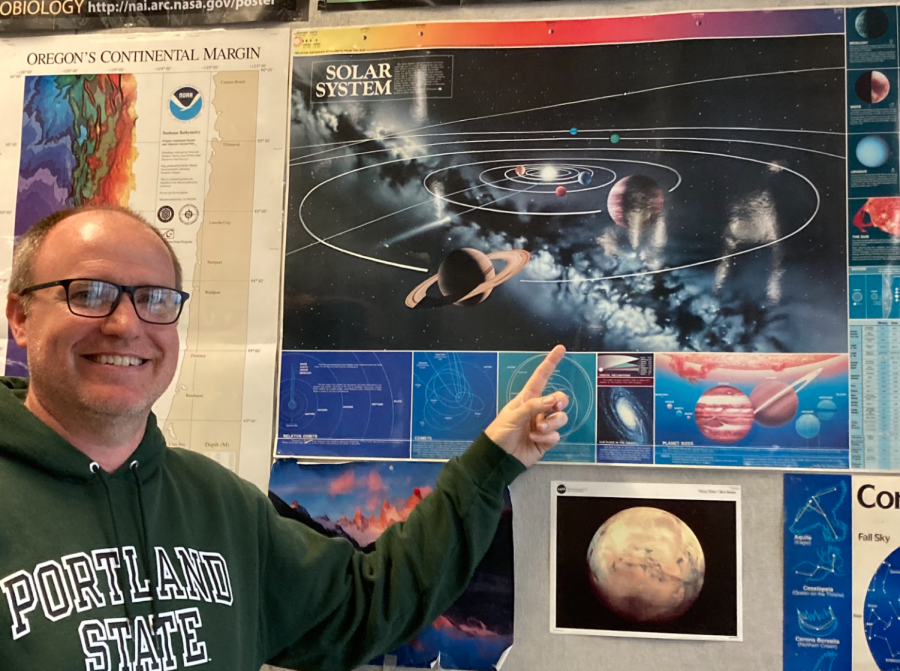Threat of possible asteroid collision diminishes
April 28, 2023
Recently, alarming headlines have been popping up stating that there is an asteroid that might hit Earth in 20 years. Asteroid 2023 DW is a large asteroid that was discovered in late February. This space rock is around the size of an Olympic swimming pool, and scientists originally postulated a small possibility that it could impact Earth on Valentine’s Day, 2046. Although this sounds alarming, NASA has since revised its original predictions, and it is currently estimated that the possibility of a collision is around 0.13 percent.
Asteroids have piqued curiosity and fear for generations. With the help of the astronomy teacher here at Tualatin High School, Tim Youngberg, The Wolf decided to explore this topic further.
Rest assured that there are many measures in place to protect Earth from any possible impacts. For starters, NASA and other space agencies around the world meticulously track the path taken by dangerous asteroids, so if there were any impending threats, we would know about them far in advance.
“The US government commissioned NASA to track asteroids that are one kilometer or larger that pose a threat to Earth,” Youngberg stated.
Along with this, NASA has recently developed new technologies to change the course of these large objects, should one ever come dangerously close to hitting our home. In September of 2022, NASA’s Double Asteroid Redirection Test spacecraft impacted the asteroid Dimorphos. This mission was an attempt to redirect the course of an asteroid, to better understand how well we could defend Earth if necessary. The mission was a success.
While potential impacts from these space rocks often lead to speculation and doomsday scenarios, asteroids should be acknowledged for the advancements in science and technology they inspire. Observing asteroids has led scientists to learn more about the development of our solar system.
“They are kind of like time capsules,” Youngberg said. “We can slice them open, and they tell us how the solar system formed.”
Because asteroids aren’t subject to the same conditions as larger planets, studying the composition of these bodies often leads to scientific discovery.


